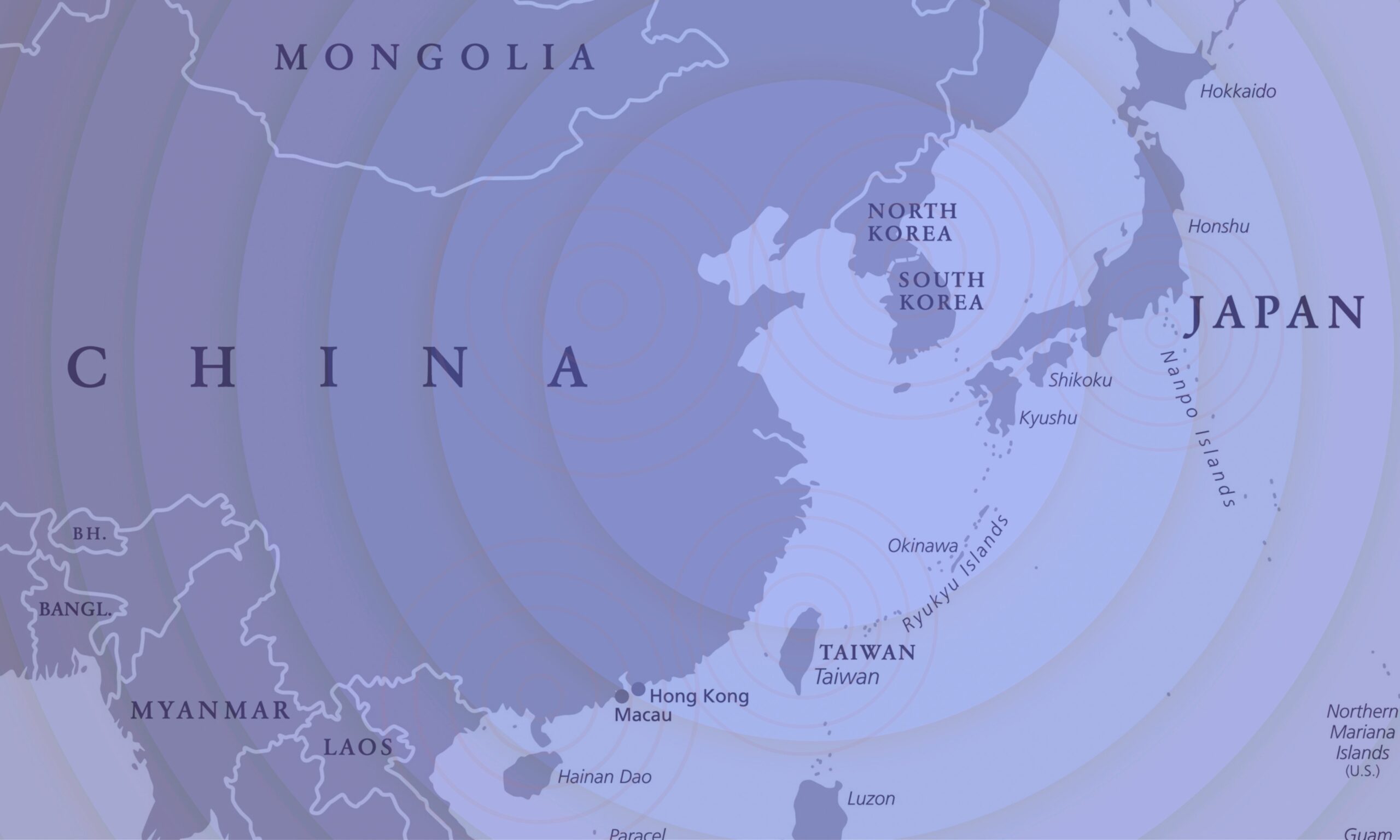Introduction: Reducing the Risk of Nuclear Weapons Use in Northeast Asia
APLN Executive Director Shatabhisha Shetty writes an introductory essay for the special section of the Journal for Peace and Nuclear Disarmament titled “Reducing the Risk of Nuclear Weapons Use in Northeast Asia.”
This article was prepared for the project “Reducing the Risk of Nuclear Weapon Use in Northeast Asia.” The research described in this paper was co-sponsored by the Research Center for Nuclear Weapons Abolition, Nagasaki University (RECNA), the Nautilus Institute for Security and Sustainability, and the Asia-Pacific Leadership Network for Nuclear Non-Proliferation and Disarmament (APLN), with collaboration from the Panel on Peace and Security of Northeast Asia (PSNA). MacArthur Foundation and New Land Foundation funding to Nautilus Institute supported this project.
This report is published simultaneously by the Nautilus Institute and by RECNA-Nagasaki University. This report is published under a 4.0 International Creative Commons License the terms of which are found here. It was first published in the Journal for Peace and Nuclear Disarmament here.
Click here to learn more about the project. Below is the report abstract.
Abstract
This paper summarises the joint collaborative project between the Nautilus Institute, the Research Center for Nuclear Weapon Abolition, Nagasaki University (RECNA), the Asia Pacific Leadership Network for Nuclear Non-Proliferation and Disarmament (APLN) and the Panel on Peace and Security of Northeast Asia (PSNA) examining cases of nuclear weapons use in a conflict in Northeast Asia by devising and analysing plausible pathways that could lead to the first use of nuclear weapons, and quantitatively estimating the fatalities and health effects of nuclear weapons use. The paper also describes the final year analysis with contributing essays by international experts and recommendations for narrowing the space for nuclear use-case scenarios to arise in the first place through forms of mutual threat reduction (structural risk reduction) and managing within-scenario risks (situational risk reduction) more responsibly if they arise.
Nuclear Weapons; Northeast Asia; Korean Peninsula; Arms Control; Nuclear Risk Reduction
About the Author
Shatabhisha Shetty is the Executive Director of the Asia-Pacific Leadership Network for Nuclear Non-Proliferation and Disarmament (APLN). She is a co-founder of the European Leadership Network (ELN), serving as Deputy Director for over a decade before joining the ELN Executive Board in 2020. She is a project advisory board member of Leicester University’s Third Nuclear Age, assessing strategic conventional weapons and the next revolution in the global nuclear order and sits on the Advisory Committee for Women in International Security-UK (WIIS-UK). Her research interests include nuclear and conventional arms control, disarmament diplomacy, great power politics, and emerging technologies, and she has written and spoken internationally on a range of related issues.
Disclaimer: The opinions articulated above represent the views of the author(s) and do not necessarily reflect the position of the Asia Pacific Leadership Network or any of its members. The APLN’s website is a source of authoritative research and analysis and serves as a platform for debate and discussion among our senior network members, experts and practitioners, as well as the next generation of policymakers, analysts and advocates. Comments and responses can be emailed to apln@apln.network.
Image: Barack Obama folded paper crane. Hiroshima Peace Memorial Museum. Wikimedia Commons




